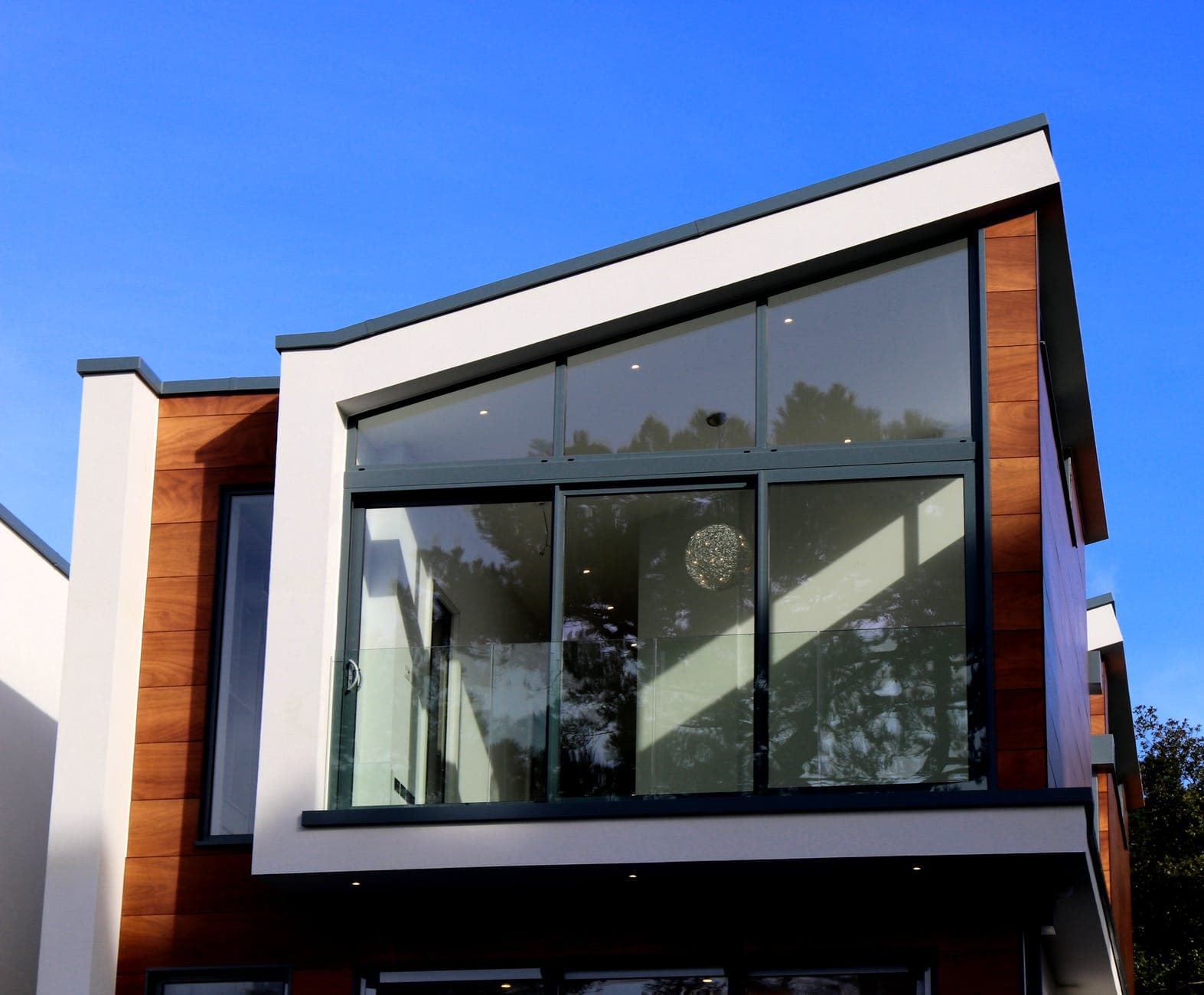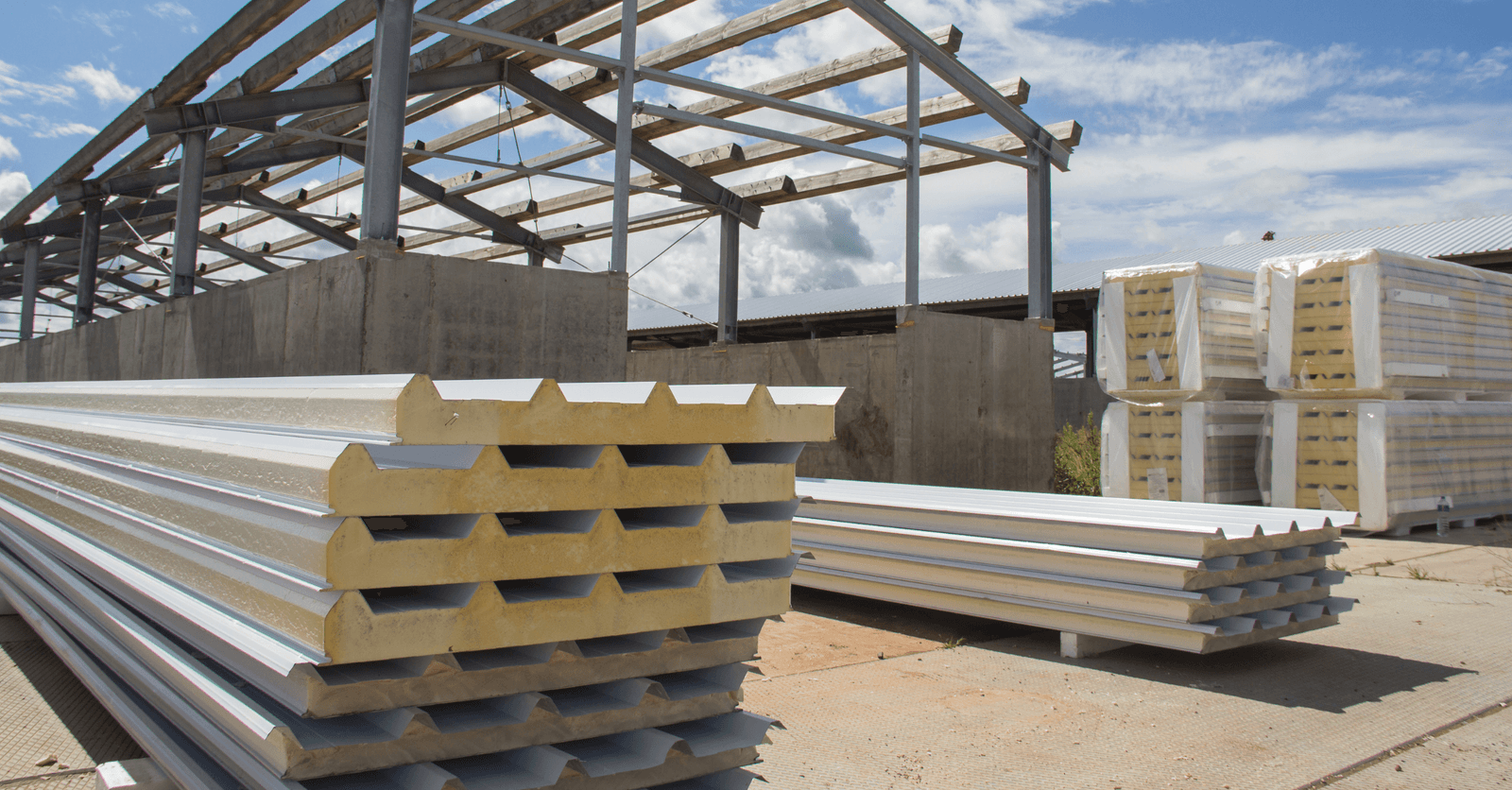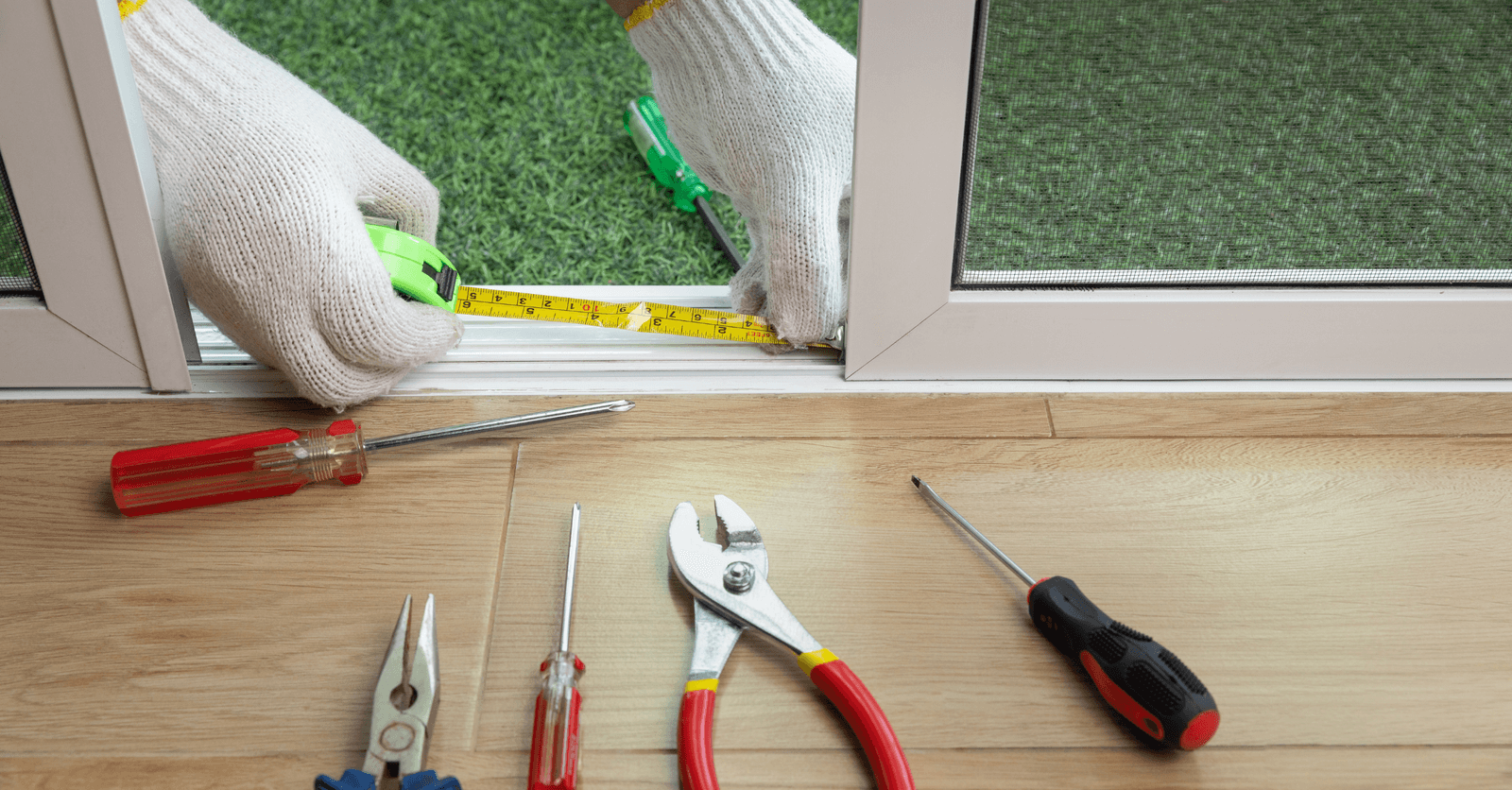Electric Underfloor Heating - What You Need to Know
By Editorial Team
Updated on February 17, 2025

Electric underfloor heating systems, also known as radiant underfloor heating, are a modern and efficient solution, appealing to an ever-increasing number of homeowners. Why? Because these systems allow heat to spread evenly from the ground up, eliminating drafts and providing unparalleled thermal comfort.
What are the advantages of electric underfloor heating over traditional radiators? How does it work, and where is it most efficient? What are the installation steps involved, and how much should you budget?
Discover why an electric underfloor heating system is right for you, helping you to get through those harsh Canadian winters!
How Does Electric Underfloor Heating Work?

Source: Canva
Underfloor heating is a heating system embedded in the floor. Rather than heating ambient air like conventional radiators, it diffuses an even and gentle heat across the floor’s surface, ensuring optimal comfort. This type of heating works by radiation instead of convection, unlike most other heating devices.
There are two main types of underfloor heating systems: electric and hydronic. An electric system uses heat cables or films installed beneath the flooring. It’s easy to install and manage but can be more energy-intensive depending on the building’s insulation.
Is It Worth Having an Electric Floor Heated System?

What Are the Advantages of Radiant Floor Heating?
The are many benefits to radiant floor heating, the main upside being its capacity to diffuse heat throughout a dwelling, unlike conventional radiators that solely emit warm air within a limited radius. As such, all rooms are heated evenly, which guarantees total comfort.
Other advantages include the following:
You can arrange your furniture as you please, unhindered.
Long-term, it’s a solution that will pay itself off.
Unlike other heating systems, underfloor heating is noiseless and odourless.
Heat is focused at ground level, in constant contact with your feet, allowing you to fully benefit from the heat produced.
What Are the Disadvantages of Electric Floor Heating?
All underfloor heating solutions are equipped with a control system, which is an essential feature that ensures your comfort and appropriately regulates the ambient temperature.
However, the following are some of the drawbacks to consider:
Installing underfloor heating adds a few inches, meaning that your floors will sit a bit higher and your doors might stick or need to be trimmed to open and close adequately.
It’s a very expensive system upfront if installed in an old house.
The flooring will have to be selected based on the system installed.
Comparison to Other Heating Systems
Choosing an underfloor heating system hinges on a slew of factors, including thermal efficiency, energy use, and installation cost. The following is a comparative analysis of different heating options:
Heating System | Advantages | Drawbacks |
Underfloor heating | Even heat, space gain, noiseless | Costly installation, slow heating time |
Electric radiator | Easy installation, affordable price point | Doesn’t diffuse heat as evenly, high energy use |
Central heating (boiler + radiators) | Customizable heat, compatible with different fuel options | Installation requires piping work |
Wood-burning or pellet stove | User-friendly, cost-effective | Regular upkeep, mandates fuel storage |
Heat pump | Very energy-efficient | High upfront cost, varied efficiency depending on the temperature outside |
Underfloor heating systems stand out on account of their thermal comfort and concealed installation, but they do require meticulous installation and make for a significant upfront investment.
Check out our related article to learn more about the pros and cons of underfloor heating.
How to Install Heated Flooring

Source: Canva
Whether for a renovation or a new build, 100% electric radiant underfloor heating can be installed using cables or heating films.
In-Floor Heating System Installation Steps
Floor preparation: Make sure the surface is clean, flat, and level.
Lay thermal insulation: Insulation boards improve system efficiency, ensuring the heat rises.
Install heating cables: Lay the cables according to a pre-established plan.
Cover with a screed: Pour a screed or lay the flooring atop the cables or films, depending on the selected system.
Allow to cure: Wait the recommended amount of time before powering on the system.
Why Hire a Professional?
While installing an electric underfloor heating system is relatively simple in practice, it’s best to hire a qualified electrician. Doing so will ensure a standard-compliant and safe installation, optimizing the system for long-lasting and efficient use.
When Is the Best Time to Install an Underfloor Heating System?
Installing underfloor heating during the construction phase of a new build allows for an optimized configuration from the outset. However, during a large-scale renovation, this project can be undertaken during the reflooring process.
Summer and the beginning of fall are the most favourable seasons, given that they allow the screed to dry faster, laying the flooring soon after.
Useful Tips
Flooring selection: Radiant underfloor heating is compatible with most flooring options (engineered wood, natural stone, linoleum, ceramic tile, etc.). However, tiles and waxed concrete are, for example, excellent thermal conductors.
Programmable thermostat: Regulates temperature and prevents useless overheating, thus cutting your energy expenses.
How Much Should You Budget to Install an Electric Underfloor Heating System?

Without a doubt, the cost of installing an electric underfloor heating system is higher than installing baseboard heaters. However, this type of heating system allows homeowners to save elsewhere long-term, given that it uses less energy and the heat is evenly diffused. The average cost of a new underfloor heating system ranges from $10 to $40 per square foot, with installation fees typically between $300 and $600.
Does Electric Underfloor Heating Use a Lot of Electricity?
Although most electric underfloor heating system manufacturers claim savings that are beyond appealing, between 15–30% of reduced consumption compared to other heating systems, the real savings made range from 3–10%. Savings can vary based on several factors, including the building’s insulation and patterns of use. However, bear in mind that the majority of people who have opted for underfloor heating are, first and foremost, investing in their well-being and comfort.
How to Maintain an Electric Underfloor Heating System

Source: Canva
While electric underfloor heating doesn’t require regular mechanical maintenance, it is recommended that the system’s proper functioning be tested regularly before wintertime to avoid any unforeseen setbacks.
Why Does My Subfloor Heating Keep Tripping? Warning Signs of Necessary Repairs
An underfloor heating system is reliable and long-lasting, with an estimated lifespan of 30 to 50 years. However, some signs indicate the need for repairs or professional intervention to maintain system efficiency.
Loss of thermal efficiency: If you notice unusual variations in temperature or cold areas at floor level, it could result from a heating cable issue. In such a case, you may need to hire a specialized electrician to ascertain the problem.
Spike in energy use: The electric resistance cables wear over time. An abnormal or sudden spike in energy consumption can indicate a loss in system efficiency.
Cracked floor: Cracks in the screed or flooring can compromise heat diffusion. Fissures can also indicate shifts in the floor, which negatively affect the heating system. Prompt intervention can prevent large-scale repairs to the heating system later on.
How Long Does It Take to Repair an Underfloor Heating System?
The duration of the work hinges on the scope of repair:
Replacing the flooring only: 1 to 3 days
Complete system overhaul: 1 to 2 weeks, depending on the surface
Targeted intervention: A few hours to a day
Proper planning limits the duration of the work and optimizes post-repair comfort.
What Should You Do If Your Electric Underfloor Heating System Fails?
If your electric underfloor heating system was properly installed by a professional, there’s no risk of malfunctioning. However, given that such a system is relatively easy to install, especially for a seasoned handyperson, homeowners will often attempt a DIY approach. In the event of a system failure, hire a specialized technician who can pinpoint the outage using a thermal camera. Once the damage is detected, they’ll solely have to cut the flooring within the targeted radius to reach the repair zone.
FAQ About Electric Underfloor Heating
Do heated floors use a lot of electricity?
Electric underfloor heating technology uses an average of 10–15 W per square foot. The system’s efficiency hinges on the building’s insulation and heating use. It’s more energy-intensive than a hydronic system but is quite cost-effective when used over small surfaces, such as a bathroom.
What is the most cost-effective in-floor heating system for large surfaces?
If you plan on installing an underfloor heating system throughout your house, opt for a hydronic system. This system uses a series of pumps and heating cables installed under the flooring to heat and channel fluid (hot water or anti-freeze mix). Such technology requires the installation of a boiler (gas or electric) and can be paired with other energy sources (solar, geothermal, air-water heat pump). While more expensive upfront, it allows for long-term energy savings.
Which thermostat is best paired with an electric heated floor?
Electric underfloor heating systems should use a specially designed programmable thermostat, such as one with a floor sensor. This device optimizes energy use by maintaining a stable temperature and preventing overheating.
How long does an electric underfloor heating system last?
On average, electric in-floor heating lasts 25–30 years, provided that it’s installed properly and is used in combination with a suitable thermostat to avoid overheating.
Which is best, electric or hydronic underfloor heating?
Electric: Cheaper to install, ideal for small surface areas or renovations, but is more energy-intensive when installed over large surfaces.
Hydronic: Higher upfront costs, but more cost-effective to heat an entire home in the long run. It’s particularly worthwhile in new builds.
Looking for something else?
Related articles
The latest industry news, interviews, technologies, and resources.

Cynthia Pigeon
•07 Nov 2023
Besides opening up to the outside world, windows in a home also help maintain that precious warmth we so desperately crave during the winter months. When it is time to replace them, it is also important to consider the appropriate type of framing that will both meet your aesthetic and thermal needs.

Editorial Team
•24 Sep 2024
Besides their low price point, portable air conditioners are valued for their convenience, ease of use, and the fact that their installation requires no particular skill set.

Editorial Team
•27 Aug 2025
Concrete panels are durable, cost-effective, and viable options for both indoor and outdoor walls. Their list of attributes doesn’t end here: they're also easy to install, especially aesthetic-looking, thermal insulators, and soundproof. We’ll delve into why and how these panels should be installed.

Editorial Team
•07 Nov 2023
Infestation and the subsequent damage cannot only take you by surprise but also make your home nearly unlivable. If unseen and left to fester, the damage can easily spread and affect the structural integrity of your home. That is why it’s so important to stay on top of any infestation or damage and act as soon as you can.
Editorial Team
•08 Nov 2024
Bathrooms hold a special place when it comes to home improvement projects. Why consider a bathroom renovation? What are the advantages, from both a functional and aesthetic perspective? In this article, we’ll explore the reasons pushing homeowners to remodel their bathrooms. Discover how a renovation can transform your space into a literal slice of heaven, increasing the value of your property, and optimizing the space’s user-friendliness. We’ll also look at the potential challenges associated with costs, renovation timelines, and their impact on one’s daily routine. Ready to give your bathroom a long-awaited facelift? Let’s delve in!